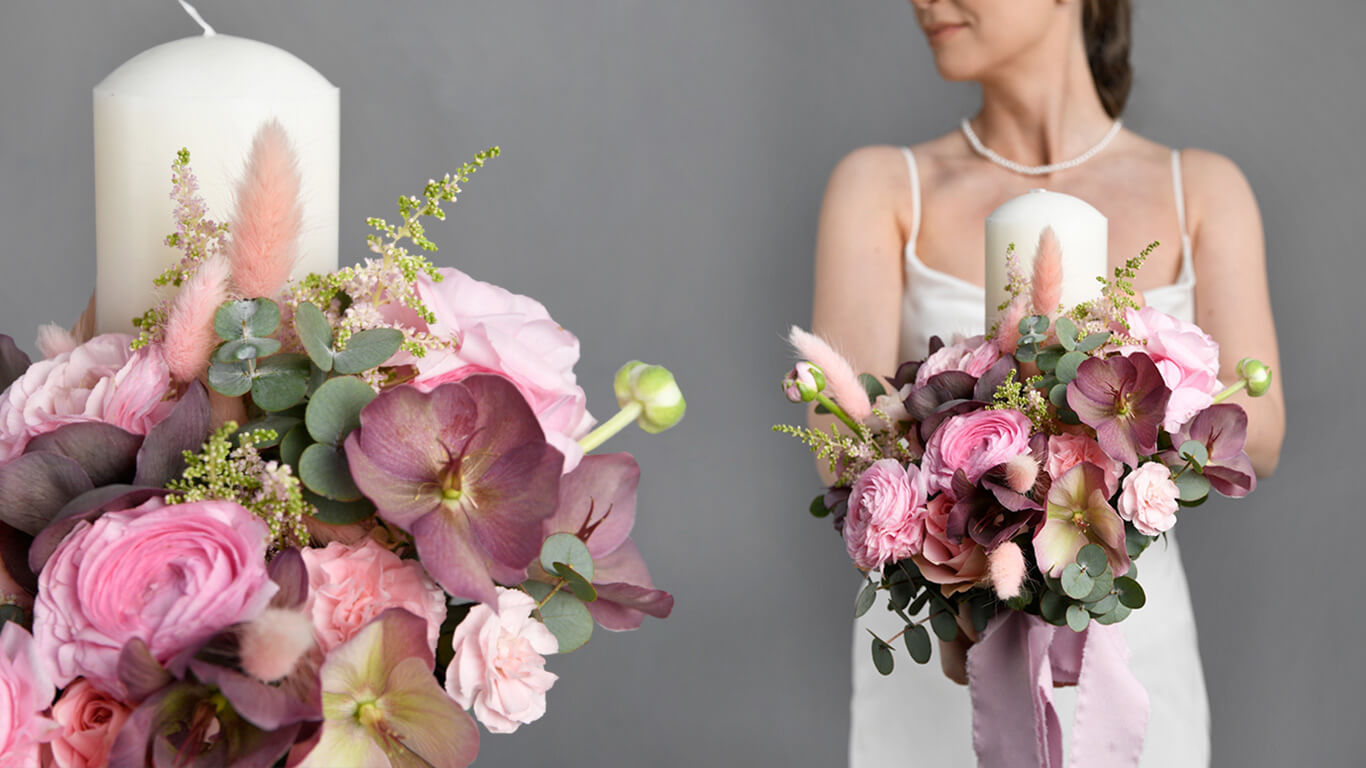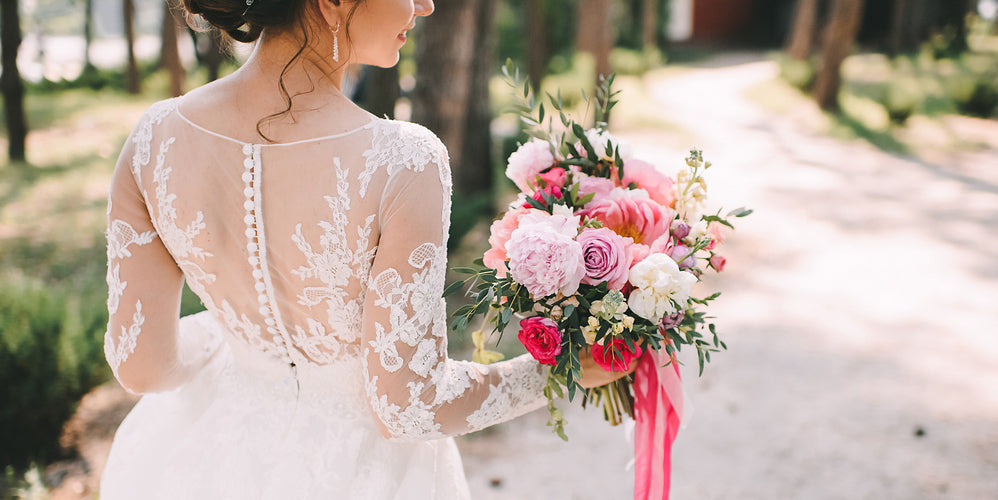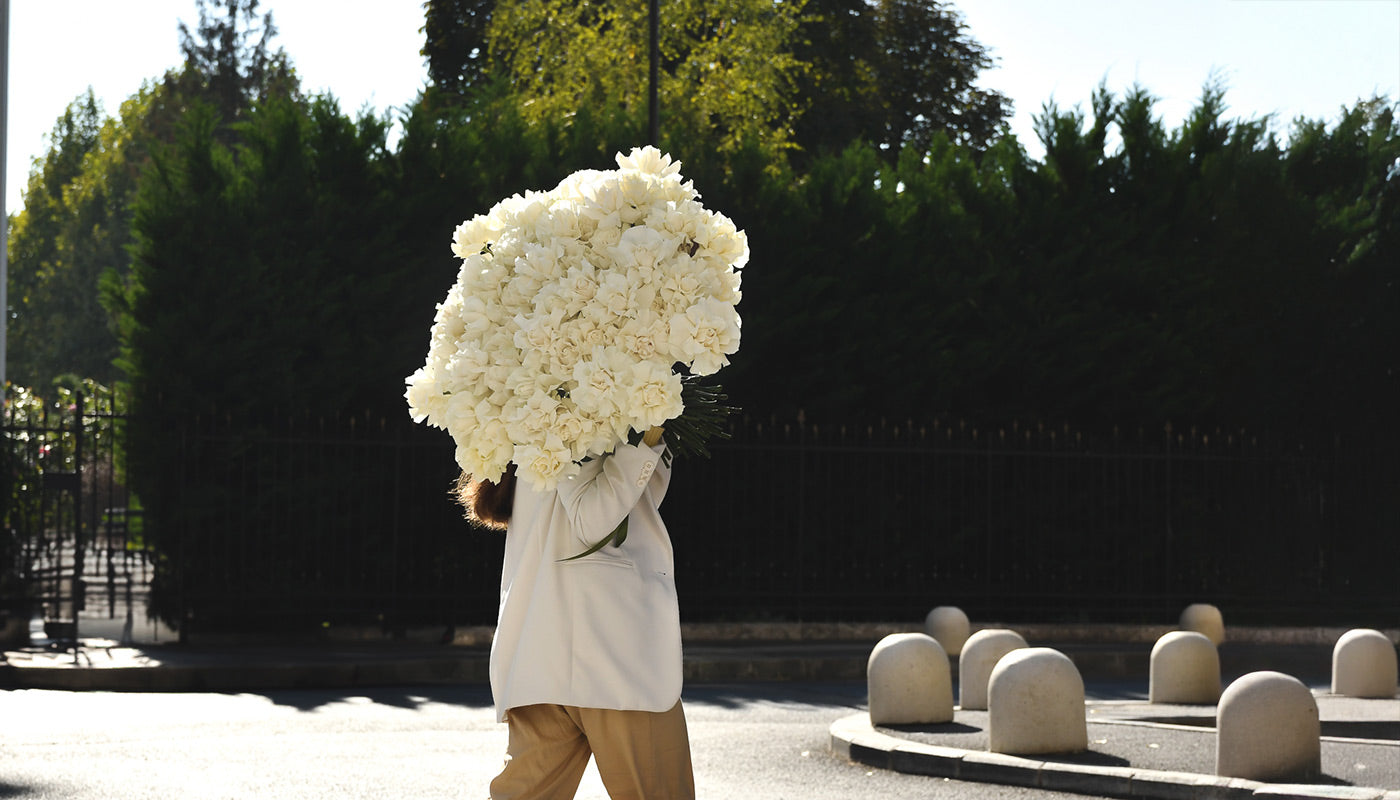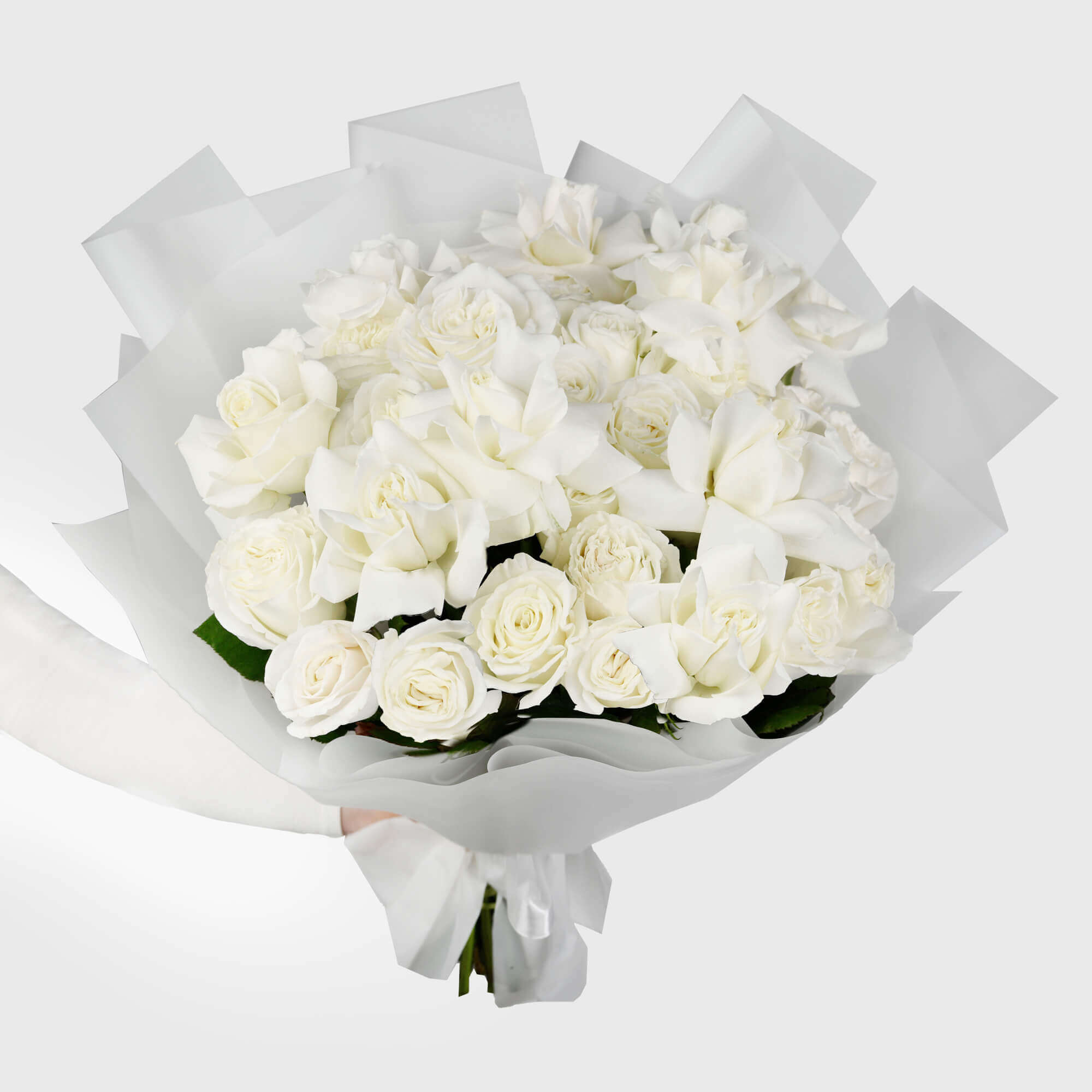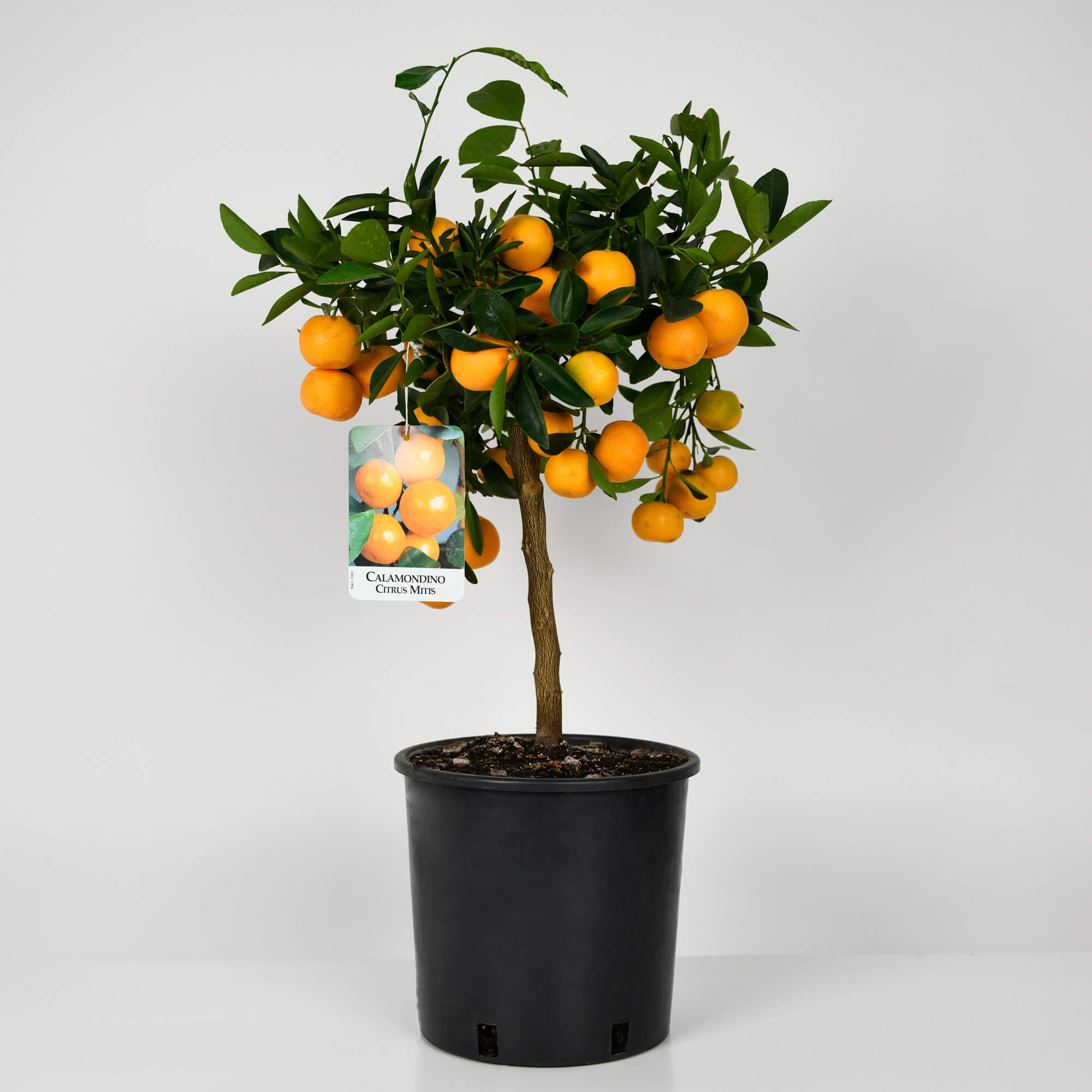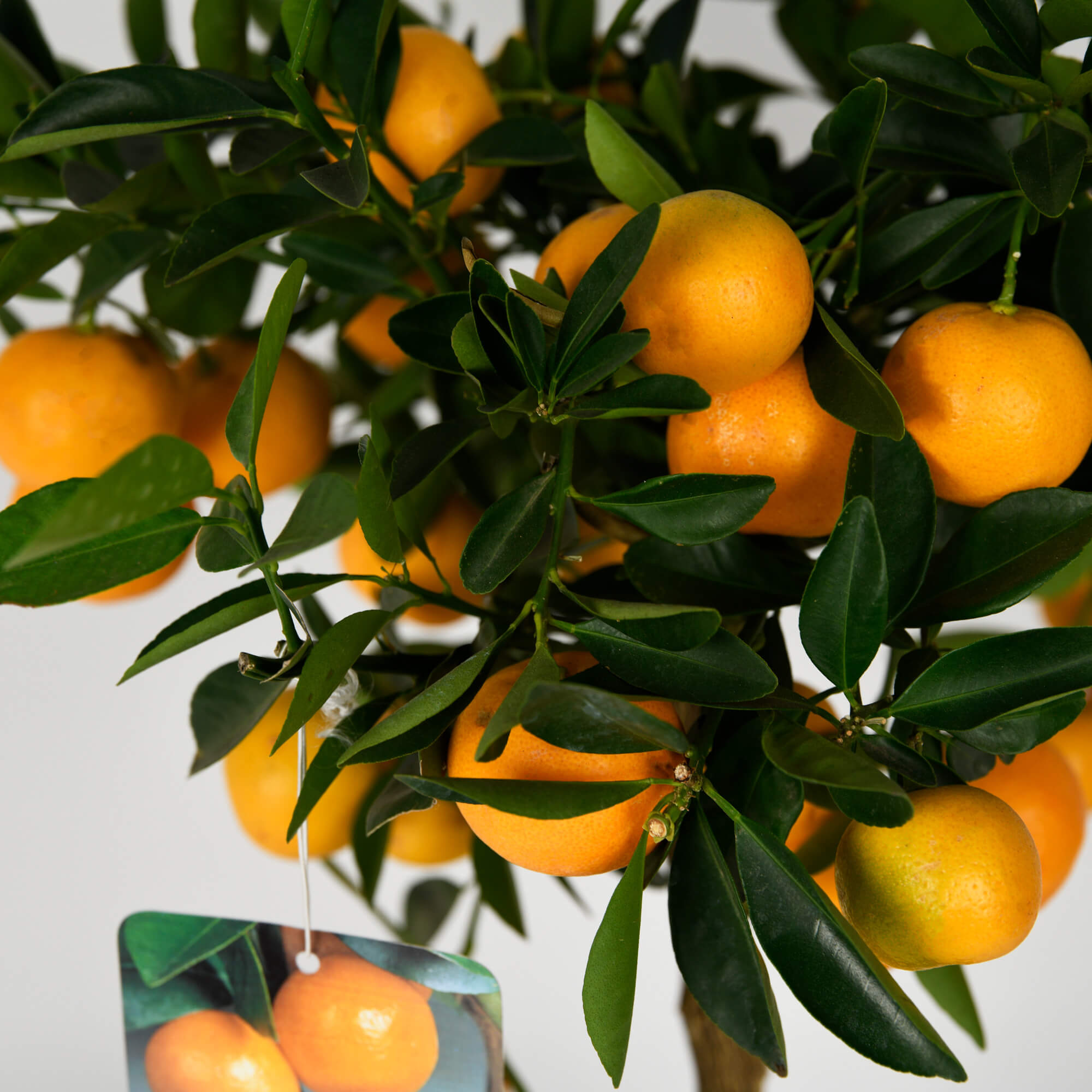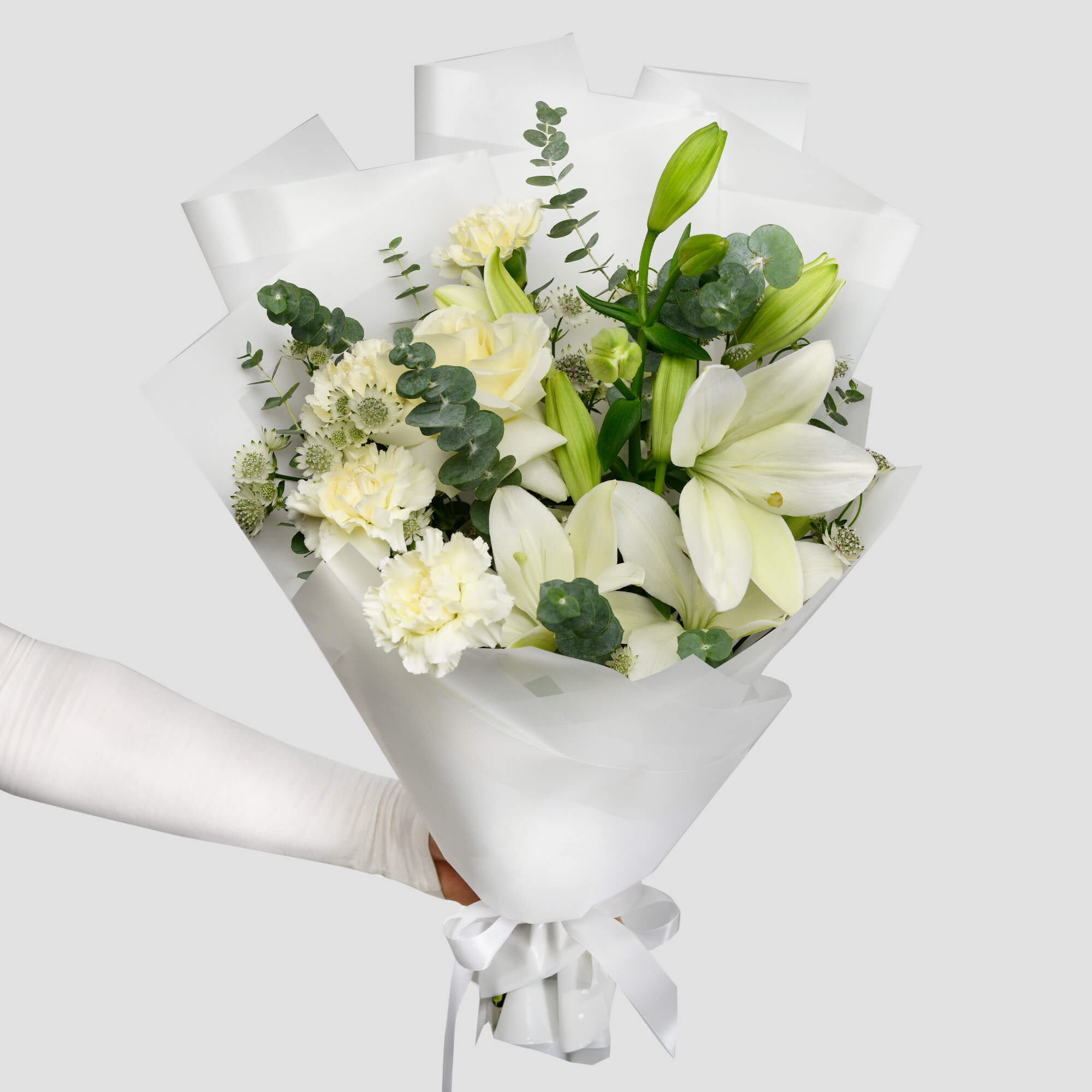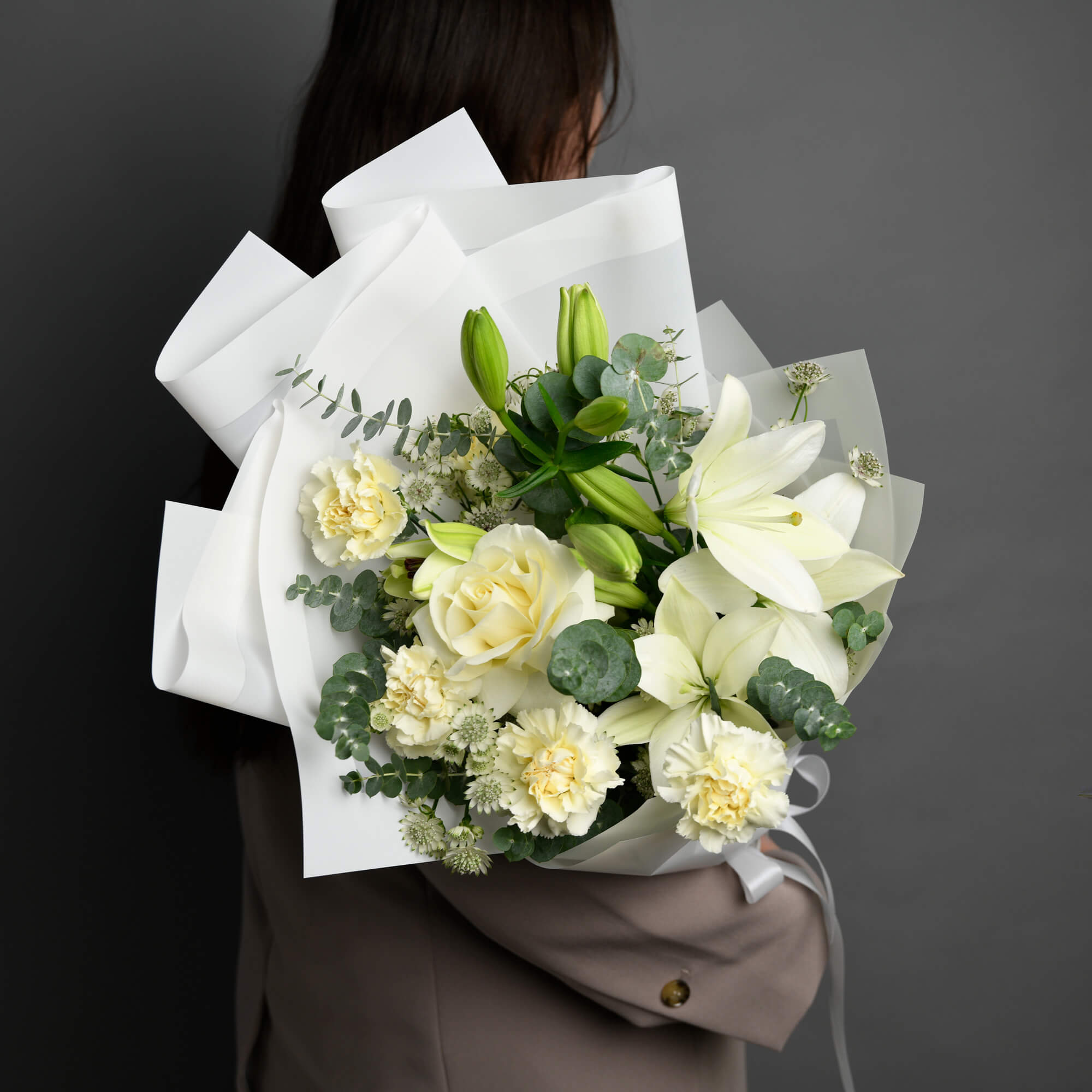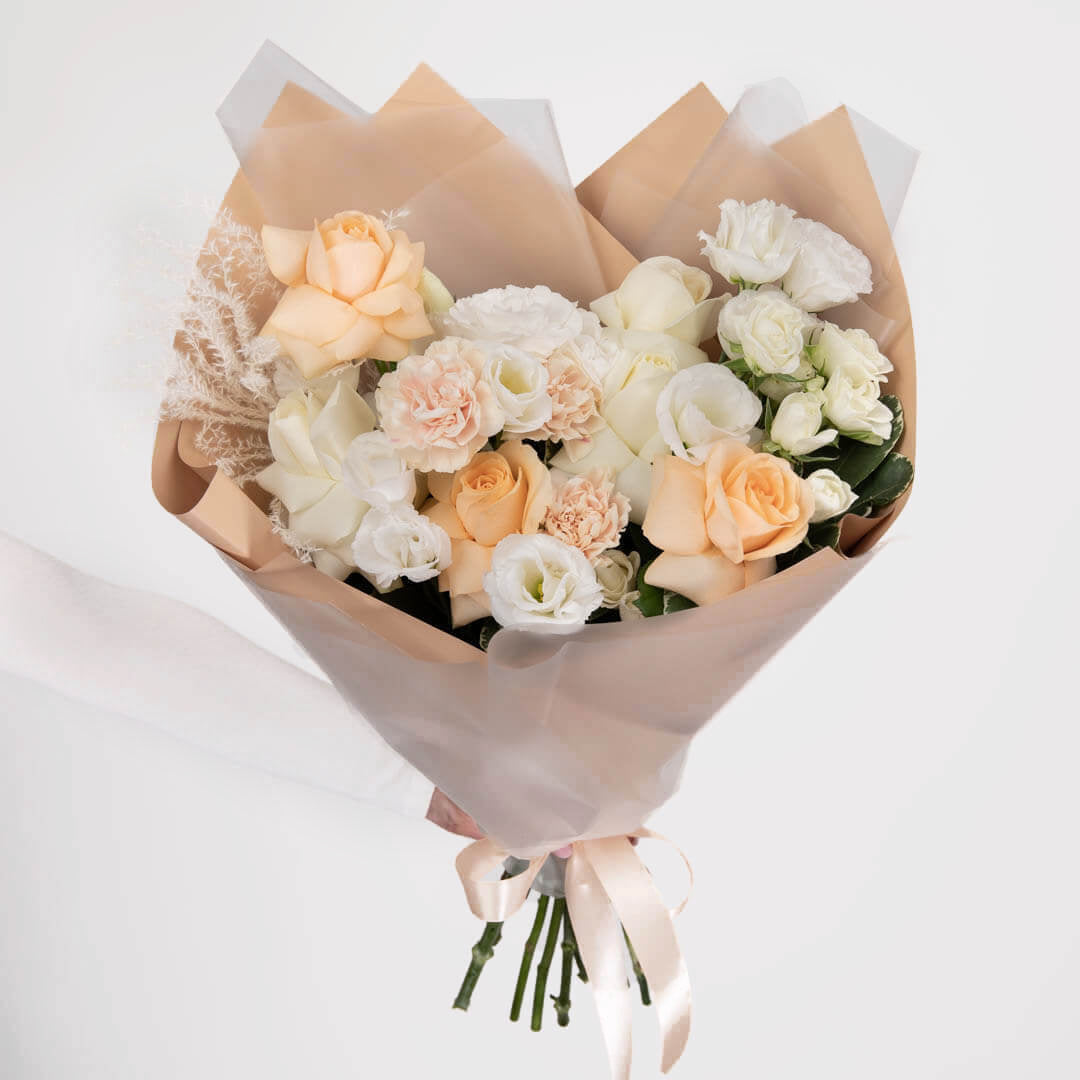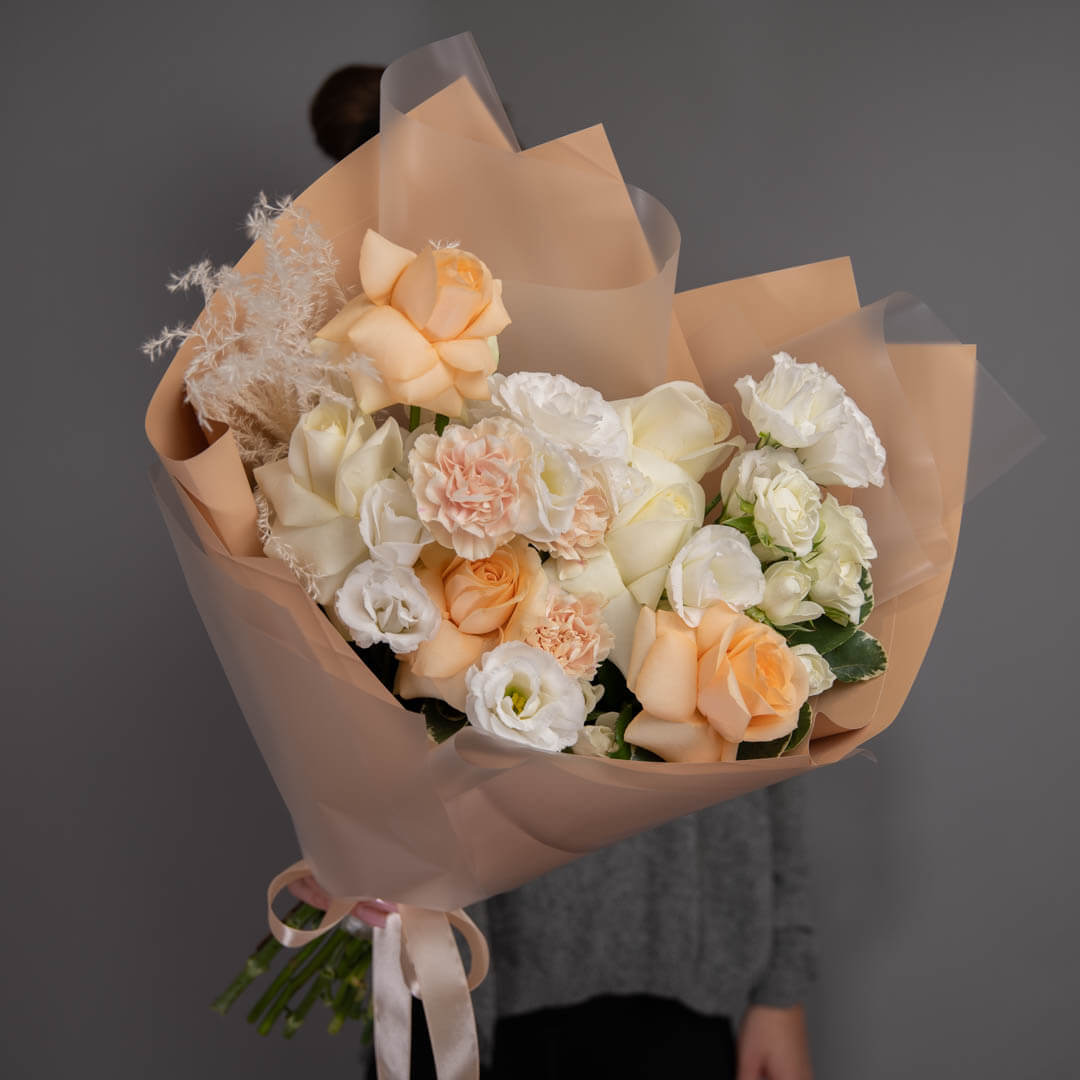Why do orchid leaves turn yellow? - Causes, diseases and solutions to save orchids

Photo source: Shutterstock.com
Orchids, with their delicate flowers and vibrant colors, are among the most beloved indoor plants. However, yellowing leaves can be a worrying sign for any plant enthusiast. From care errors and inappropriate environmental conditions, to diseases or pest infestations, the reasons for this phenomenon can be diverse. Understanding the causes and applying the right solutions can not only save the orchid, but also restore its vitality and splendor. Discover further why your orchid's leaves turn yellow and how you can intervene to give it a chance for spectacular flowering.
What are the most common orchid problems?

Photo source: Shutterstock.com
Orchid care can seem like a real art, even for the most experienced plant lovers. Yellowing leaves are a warning sign that you should not ignore, as they can indicate a problem affecting the health of your plant. The reasons why leaves can turn yellow are varied, and each of them has a significant impact on the development of the orchid. Some of the most common reasons for yellowing orchid leaves are improper watering , which can be both too abundant and insufficient, exposure to too strong or too weak light, lack of essential nutrients or temperature fluctuations that are not suitable for the needs of the plant.
On the other hand, root rot is another common problem, often caused by overwatering or poor soil drainage. Imagine your orchid's roots being "swallowed" by stagnant water, and in this overly humid environment, they begin to rot and lose their vitality. In addition, orchids are often attacked by pests such as aphids , spider mites or scale insects , which can cause considerable damage if not identified and treated in time.
To prevent these problems, it is essential to create an optimal growing environment for your orchids. Provide them with bright indirect light but protected from direct sunlight, water them only when the substrate is dry, and keep the air nearby humid but not excessively so.
Additionally, make sure the pot has good drainage to avoid waterlogging. Think of your orchid as a picky guest - it needs careful care and precise conditions to stay healthy and bloom in all its glory. But with a little attention and proper care, you will be rewarded with healthy plants and spectacular flowers.
The main causes of yellowing leaves in orchids
Yellowing leaves on orchids can have several causes, and correctly identifying the problem is key to finding the right solution. Watering and hydrating your orchid can be likened to a delicate dance - too much water can suffocate the roots, preventing nutrient absorption, while too little water will leave the plant thirsty and weak.
Light also plays a crucial role. Your orchids crave bright indirect light, but direct sunlight can burn their leaves. These delicate plants are like movie stars - they love the spotlight, but they don't want to be blinded by it. At the same time, not enough light will cause the plant to conserve energy, leading to yellowing of the leaves.

Photo source: Californiaflowers.ro
Nutritional deficiencies can be just as damaging. Without essential nutrients like potassium , iron , or nitrogen , your orchid will start to look pale and sickly. It's like trying to live on nothing but water - you may survive for a while, but eventually you'll start to feel the lack of essential vitamins and minerals.
Extreme temperatures can stress your plant, causing its leaves to turn yellow. Metaphorically speaking, your orchid can be likened to the Goldilocks of the floral world - it needs a "good enough" temperature, usually between 18-24°C during the day and 15-18°C at night. Make sure you give your plant the right conditions, just like you would for other houseplants.
What measures can you take to prevent yellowing of orchid leaves? - From orchid leaves in water to professional treatments
To prevent yellowing of the leaves, create an ideal environment for your orchids. Place them near an east or west-facing window, using a thin curtain to filter out direct sunlight. The curtain acts as a protective shield for delicate orchids, similar to beach umbrellas - so it provides protection without completely blocking out the light!
Proper watering is essential. Before watering, check the moisture of the substrate by inserting your finger into the pot. If it feels still wet, wait a little longer. When watering, make sure the water drains well and does not remain in the saucer. If your orchid has "dry feet" - it does not like to sit in water.
Maintain high humidity by using a humidifier or creating a humid environment with wet gravel under the pot. On very hot days, spray the leaves with warm water - it's like a refreshing bath for your plant!
Balanced fertilization is crucial. Use a special orchid fertilizer during the growing season, diluting it to half the recommended concentration. Apply it once every two weeks during the active growing period. This process provides your plant with daily vitamins - enough to keep it healthy, but not so much that it overwhelms it.
Solutions for saving orchids with yellow leaves

Photo source: Shutterstock.com
If you are already facing the problem of yellow leaves, don't despair! There are effective solutions to save your precious plants.
First, start by adjusting your watering schedule. Check the soil moisture before each watering and make sure there is good drainage. If the soil is too wet, let it dry out before the next watering. This process is important for rebalancing your plant's diet.
Optimize the lighting by moving your orchid to a spot with bright indirect light. If the leaves look scorched, give them more shade. If they look pale, give them more light, but avoid direct sunlight. It's like finding the perfect spot for a photo shoot - not too bright, not too dark.
Review your fertilization schedule. If you haven't fertilized in a long time, start applying a special orchid fertilizer, diluted to half the recommended concentration. If you have fertilized excessively, wash the substrate with clean water to remove excess salts. In other words, rebalance your plant's diet, giving it exactly the nutrients it needs.
In more serious cases, you can try to save the orchid by replanting it in a fresh, well-drained substrate. Apply a preventive fungicide treatment and make sure to provide optimal temperature and humidity conditions during the recovery period. Your plant deserves a new chance at life, in a fresh and healthy environment.
Maintaining long-term orchid health
To enjoy healthy, blooming orchids year after year, it is necessary to adopt a proactive approach to their care.
Create a regular care schedule and stick to it consistently. Think of this schedule as a beauty routine for your plants - the more consistent you are, the better they will look.
Monitor your orchids closely, noting any changes in the appearance of the leaves or flowers. Prompt intervention at the first signs of problems can prevent the situation from getting worse. Check the roots and substrate periodically to make sure they are in good condition. Your role is very important! Remember, you are the orchid's personal doctor, and regular check-ups can prevent any health problems.
Adapt your care to the season. During the active growth period, provide more water and fertilizer. During the dormant period, reduce watering and stop fertilizing. Make sure that the temperature and humidity remain constant throughout the year. Also, this intermediate process can be equated to changing your orchid's wardrobe depending on the season - your plants need different care depending on the time of year.
Remember that every orchid is unique. Observe how your plants react to different conditions and adjust your care accordingly.
With patience, attention, and a little practice, you will become an expert in orchid care, enjoying their exotic beauty year after year. View this process as a journey of discovery - with each passing day, you will learn something new about these fascinating flowers and develop a special bond with them.
References:
-
American Orchid Society, Orchid Care, https://www.aos.rog/orchid-care
-
Royal Horticultural Society, Orchid and other diaspid scale insects, https://www.rhs.org.uk/biodiversity/orchid-and-other-diaspid-scale-insects
Flower delivery Bucharest with home delivery
Flower delivery Brașov for fresh flowers and fast delivery



